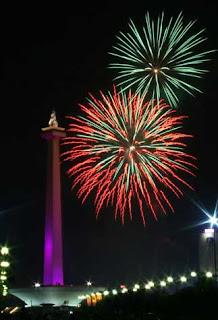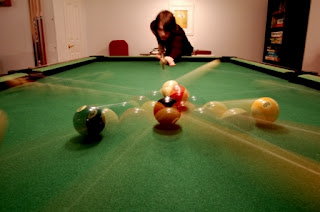Photo courtesy of Grzegorz
Following are Low Light Photography tips:
1. Tripod, is reliable and helpful accessories.
2. No tripod? Exploit the place surrounding you to keep your photos okay, such as lean-on your body to wall, to podium stairway, or to tree. Keep your camera stable.
3. Set aperture as wide as possible of the lens.
4. If above tips have not enough yet, increase your camera ISO to reach shutter speed 1/60 second minimum (new generation cameras still yield low noise photos at ISO setting more than 1000)
5. Activate High ISO Noise Reduction feature of your camera if you apply point 4 above.
6. You can pass point 5, but you can use post production software to reduce the noise. The softwares Noise Ninja, Imagenomic Noiseware, or Nik's Dfine are not so bad to reduce noise. Lightroom 4 has sophisticated noise reduction.
7. Read posting about optimum shutter speed: Xmm focal length has optimum shutter speed over 1/X second. Click here for detail.














